Whether you’re looking to fill a bare spot in your garden or want to create a majestic border, this guide will delve into some of the most captivating tall annual flowers, their unique characteristics, growing requirements, and how best to incorporate them into your garden design.
Perilla
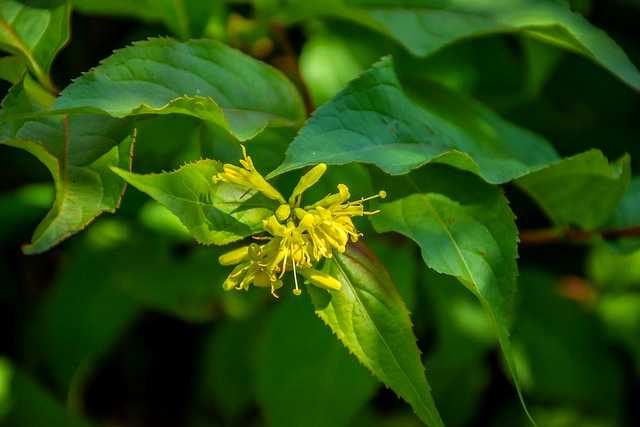
Perilla, often recognized for its striking foliage, adds both color and height to any garden. This plant, also known as shiso, grows tall, reaching heights of about 2 to 3 feet. While it is primarily appreciated for its purple to green leaves, it produces small white flowers that can attract pollinators. The aromatic leaves of Perilla not only add interest but also can be used in cooking, particularly in Asian cuisines.
Perilla thrives in full sun and well-draining soil, making it an excellent choice for summer gardens. This plant prefers a warm climate and can become somewhat bushy if planted in fertile soil. For gardeners looking to create a lush and vibrant area, interspersing Perilla with other annuals can create dynamic height variation. However, be mindful that it can be invasive in certain areas, so check local guidelines before planting.
Amaranthus

The Amaranthus family boasts a variety of species, many of which are notable for their tall stature and vibrant colors. With some varieties reaching heights of over 6 feet, Amaranthus can be a dramatic statement in any flower bed. The plant is particularly known for its striking inflorescences, which can include shades of gold, red, and purple, adding a lively pop to your garden.
Amaranthus thrives in full sunlight and can tolerate poor soil conditions, making it relatively easy to care for. They require minimal watering once established but benefit from occasional feeding during the growing season. Due to their height, they work well as focal points in mixed borders. Pair them with shorter flowers like marigolds or petunias to create a vibrant contrast in color and height.
Ageratum Houstonianum

Ageratum Houstonianum, commonly known as floss flower, is a delightful addition to your garden with a maximum height of around 18 to 24 inches. Though not the tallest on our list, its bushy appearance and colorful, fluffy blooms make it a beloved choice, particularly the blue varieties that resemble puffs of cotton candy.
These flowers prefer full sun to partial shade and can flourish in various soil types, although they perform best in moist, well-drained soil. Ageratum is also known for its ability to attract butterflies and other pollinators, making it a fantastic option for gardeners focused on supporting local wildlife. Plant it towards the front of a flower bed while letting taller plants rise behind it, creating a cascading effect.
Sunflower

No list of tall annuals would be complete without the giant sunflower. Known for its cheerful, large yellow blooms that can reach heights of over 10 feet, sunflowers are a quintessential symbol of summer. Beyond their iconic appearance, they are also incredibly easy to grow, making them a favorite for gardeners of all skill levels.
Sunflowers thrive in full sun and are particularly drought-tolerant once established. They prefer well-drained soil with plenty of compost mixed in for nutrients. Ideal for creating a sunny back border or a whimsical sunflower maze, these flowers not only provide beauty but also produce seeds that are loved by birds and can be harvested for snacking. Pairing sunflowers with lower-growing flowers like sweet peas can create an inviting and colorful garden landscape.
Dahlia
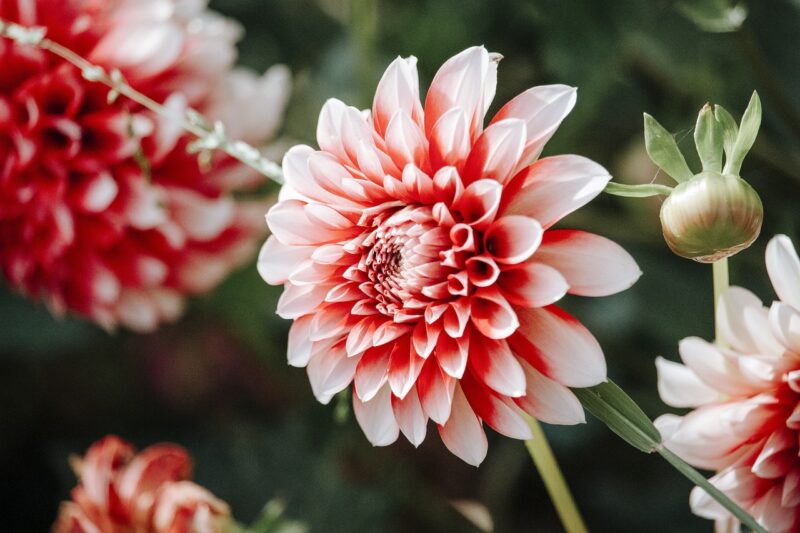
Dahlias are a powerhouse in the garden when it comes to color, form, and height. Some varieties can grow up to 5 feet tall and produce magnificent blooms in a myriad of colors, from soft pastels to vibrant hues. While typically categorized as perennials, many gardeners treat these beauties as annuals in regions with unpredictable winters, allowing for a vibrant burst of color throughout the growing season.
Dahlias prefer full sun but benefit from some afternoon shade, especially in very hot climates. They thrive in rich, well-drained soil and require consistent watering to encourage robust growth and flowering. When designing your garden, consider planting taller dahlia varieties at the back of your flower beds, allowing their stunning blooms to shine above lower-growing companions like asters or petunias.
Cosmos

Cosmos are an easy-to-grow annual that can reach heights of up to 4 feet, depending on the variety. Known for their vibrant, daisy-like flowers, they come in a range of colors, including pink, white, and deep maroon. Their airy foliage and upright growth make them perfect for creating a relaxed, cottage-garden atmosphere.
These flowers thrive in poor to moderately fertile soil and prefer full sun. They are drought-tolerant once established, making them ideal for gardeners looking to conserve water. Cosmos are also a magnet for bees, butterflies, and other beneficial insects, playing a vital role in pollinator support. Plant them in groups for the most impact, and watch as they sway gently in the breeze, bringing charm and beauty to your garden.
Zinnia
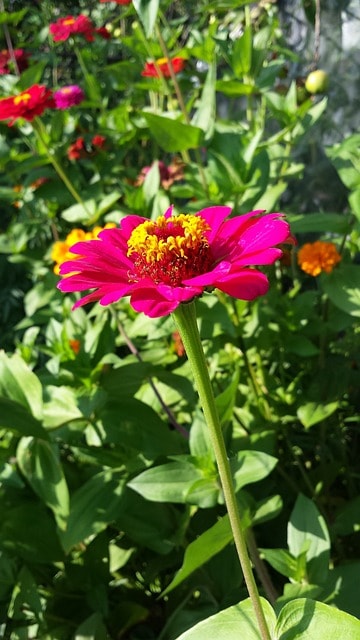
Zinnias are vibrant and cheerful flowers that are a must-have for any annual garden. While most zinnia varieties are shorter, some can grow incredibly tall, up to 4 feet, with robust, bright petals that come in nearly every color imaginable. Their sturdy stems and bushy growth habit make them ideal for adding vertical interest to garden designs.
These flowers prefer full sun and well-draining soil, thriving with regular watering. Zinnias bloom prolifically from early summer until frost, providing a colorful display all season long. They’re also favorites among pollinators, enhancing the ecological value of your garden. Plant zinnias alongside other colorful annuals like marigolds or nasturtiums for an explosion of color that will brighten your outdoor space.
Castor Bean
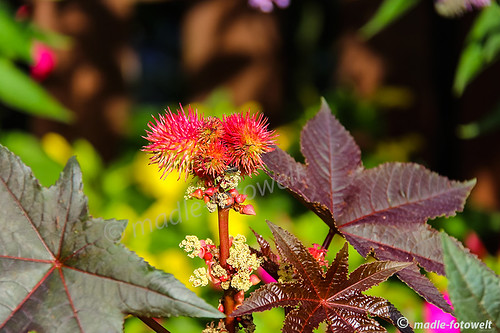
The Castor Bean plant, known for its dramatic height, can grow upwards of 8 to 10 feet, making it an impressive addition to any garden. While the large, lobed leaves are striking in their own right, the spiky seed pods that follow add another layer of intrigue. One must note, however, that the seeds are toxic if ingested, so it’s important to site them carefully.
Castor Bean plants thrive in full sun and well-drained soil and are perfect for areas where you want a bold statement. They grow quickly, making them excellent for annual use in mixed borders or as solitary specimens. Their impressive height can provide a backdrop for shorter flowers, creating a lush, tiered look. Just ensure they have enough space to grow and thrive without being overcrowded.
Cleome
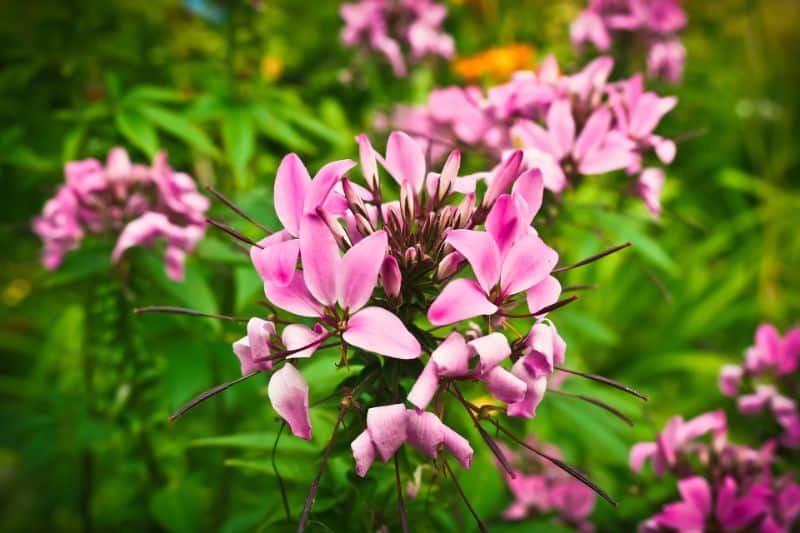
Commonly known as spider flower, Cleome is recognized for its unique, tall blooms that can reach heights of 3 to 5 feet. The flowers themselves are delicate and intricate, resembling a spider’s web in shape, and come in shades of purple, pink, and white. Cleome is not only beautiful but also a hardy plant that is resistant to pests, making it a low-maintenance addition to your garden.
These flowers prefer full sun and thrive in well-drained soil. They can tolerate some drought, but regular watering yields the best results. Given their height, Cleome is perfect for the back of flower beds, where they can form a vibrant and eye-catching backdrop for shorter annuals and perennials in front. Additionally, they attract bees and butterflies, adding movement and life to your garden space.
Nicotiana
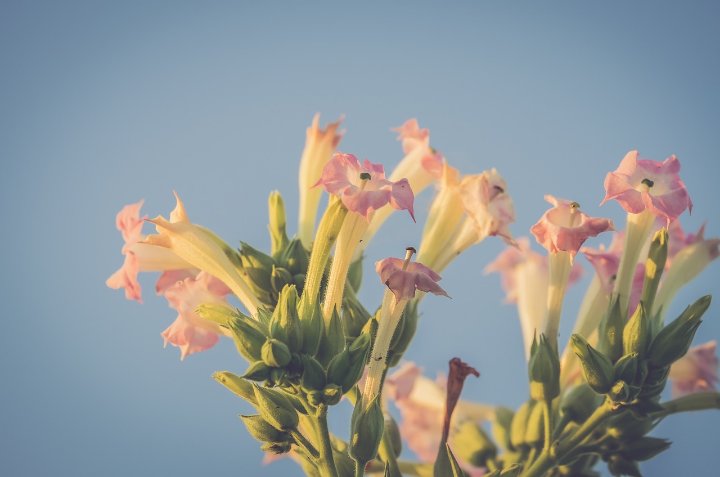
Nicotiana, also known as flowering tobacco, adds a gentle elegance to gardens with its tall, slender stems that can reach heights of 3 to 5 feet. These plants produce delicate, tubular flowers that are often fragrant, making them excellent for evening gardens. Blooming in colors ranging from white to deep burgundy, they can add a soft glow to your landscape.
Nicotiana thrives in both full sun and partial shade, making it versatile for different garden spots. They appreciate rich, well-draining soil and consistent moisture. Planted in clusters or drifts, Nicotiana can create a soft, romantic atmosphere, complementing other flowers and foliage. They are especially effective when combined with heavy bloomers that draw your eye during the day, allowing the Nicotiana blooms to shine in the twilight hours.





